Monday Musicale with the Maestro – March 1, 2021 – My Life in Music—Working with Jazz and Pop Greats
My Life in Music—Working with Jazz and Pop Greats
A few weeks ago, our local classical music radio station, WCPE-FM, made available an interview I did with Rob Kennedy (one of the station’s program hosts) as part of his series, Conversations with Conductors. I was flattered to join the roster of other conductors he has interviewed, including Stephen Cleobury and JoAnn Falleta. I was also honored to be a headliner for their website’s celebration of Black History Month and to find the interview posted on February 18th with a written introduction by DJ Dan McHugh:
For the most part, Mr. Kennedy’s questions and comments hew to the artist’s professional life—in this case, my work with orchestras and opera companies. He is an excellent interviewer, and I invite you to tune in to the full audio of our conversation here.
One area not referred to in this interview is my life-long love of jazz and pop and my extensive work with some of the musicians in that field. So that is the focus for our Monday Musicale this week and can serve as a kind of appendix to the earlier conversation.
As readers of my blogs must know by now, Leonard Bernstein was my No. 1 American music hero when I first discovered classical, jazz, and pop music in my early teens. In his televised concerts for young people, and in several lectures, Bernstein made clear that the best of jazz and pop was worthy to be celebrated alongside the classics. Bernstein would analyze a song by The Beatles with the same enthusiasm as he would in discussing a classical composer. Bernstein was not a musical snob or elitist, and his credo could be explained by quoting Duke Ellington’s take on all styles of music: “If it sounds good, it IS good.” In Bernstein’s masterpiece, Mass, we hear many pop music influences including jazz, rock, and even specific groups—e.g. The Beatles and the Swingle Singers.
With Bernstein as my role model, I adopted this credo and have tried to keep my mind open to all music of quality, whether it is scored for a symphony orchestra or for banjo and fiddle.
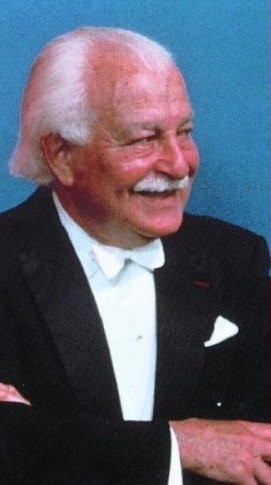
Boston Pops
In my life as a professional conductor, I have directed hundreds of pops concerts that consisted of short and accessible classics, jazz, rock, gospel, hip-hop, and the best of Broadway and Hollywood. During the first 15 years of my career, I was blessed to be able to work with the two finest conductors of “light” orchestral music: Arthur Fiedler (Boston Pops) and Erich Kunzel (Cincinnati Pops).
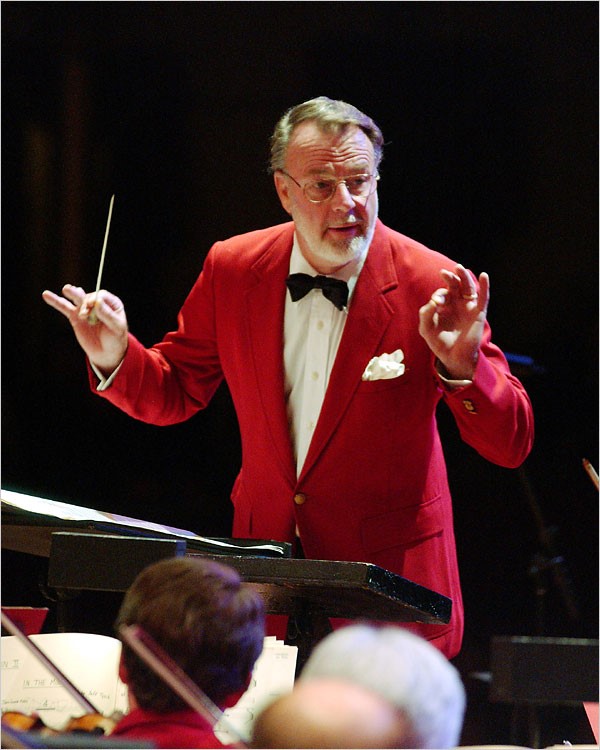
In my role as a staff conductor, I was often their understudy and had the chance to observe them at rehearsal and concerts. We also had in-depth conversations about the music being performed. And believe me—despite the moniker “light music,” both these men took their responsibilities very seriously. These two artists were incredibly concerned with musical detail and with revealing the expressivity of the music. For these two conductors, a rehearsal of such repertoire was no time to be slack or casual. Fiedler and Kunzel taught me through their example that the best “light” music is great music—to be played and interpreted with the same love and precision you would bring to the works of any great classical composer. They were great musical role models, and whenever I have conducted a pops concert, I have tried to make my performance worthy of their standards.
The three of us agreed about the most difficult part of our assignment at these concerts: working with guest artists, especially if they are famous! These artists arrive anywhere from a day to a few hours before rehearsal—often at 10 AM. The remainder of the engagement typically includes an evening performance that night at 8 PM, with a repeat the next night. Sometimes conductors receive orchestra arrangements several weeks in advance, to study them. But often the guest artist arrives with parts only an hour before rehearsal—and I mean for the one and only rehearsal. So the conductor must be incredibly efficient and patient in trying to achieve a first-rate result with no more than two hours of rehearsal time.
Despite the stress of this “instant music” scenario, things usually come together because all the parties are professionals. The orchestra is focused, and the conductor and soloists realize that—if only for a few days—they must become a sort of musical family, each devoted to the highest levels of musicianship, respect, and collegiality. In fact, in my 45 years of conducting pops concerts, I have had only one negative experience with a guest artist, and her sour mood was felt by the audience too. I wonder now what bad news she may have received on that day. That said, most performers adhere seriously to the adage “The show must go on.” When my father (my last remaining parent) died, I had to conduct a rehearsal with the Indianapolis Symphony Orchestra the next morning. The show went on, and on that morning, the music acted as a healing agent, allowing me to transcend my personal despair at that time.
Before the advent of artist websites and social media, the public often knew very little about such guest performers, who are always on the road and living out of suitcases. But through decades of professional and private ups and downs, they always, always strive for perfection and to give the audience a “good show.” I greatly admire the discipline and the talent of those I have worked with. I recently gathered some photos and programs of the most famous jazz and pop artists I have conducted, and I would love to share those here, with a word or two about their artistry, as an appendix to my WCPE interview.
I would like to dedicate this blog to the beloved memory of Mary Wilson, who passed away on February 8th of this year.
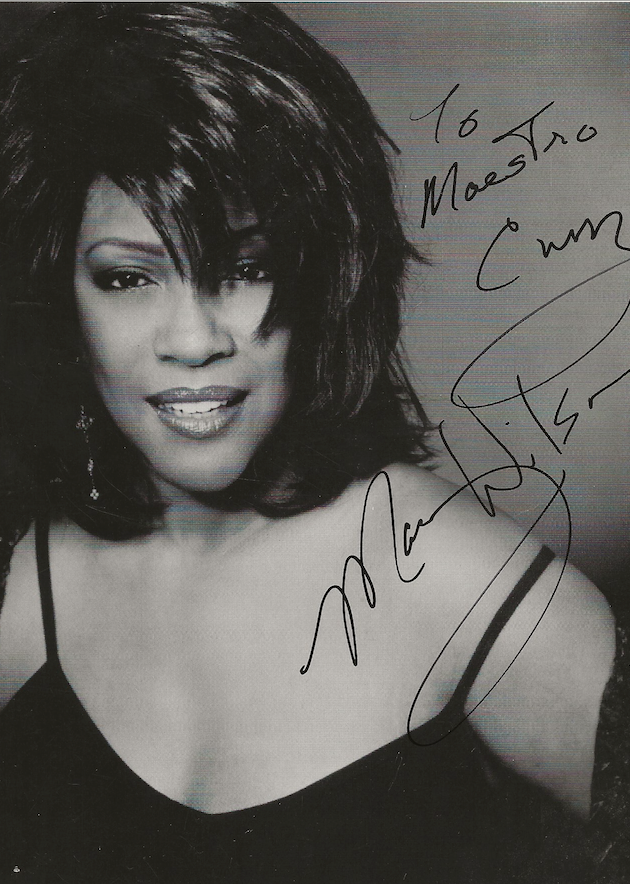
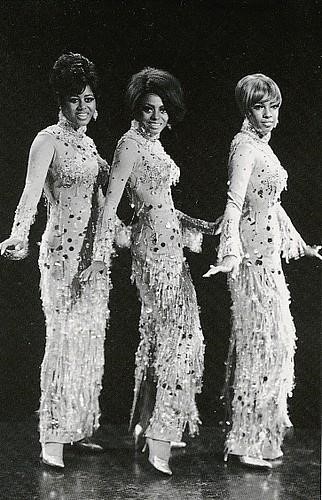
Mary Wilson (1944-2021)
She was a founding member of “The Supremes,” the most successful Motown act and all-girl group of the 1960s. Hit song: “Stop! In the Name of Love.” I conducted her in concerts with the North Carolina Symphony on January 21, 22, 2011. Mary Wilson was a total joy to work with; a “dreamgirl.” She will be missed.
.
Ella Fitzgerald (1917-1999).
America’s “First Lady of Song.” For an account of my experience conducting Ella, please see the see the blog from October 5, 2020
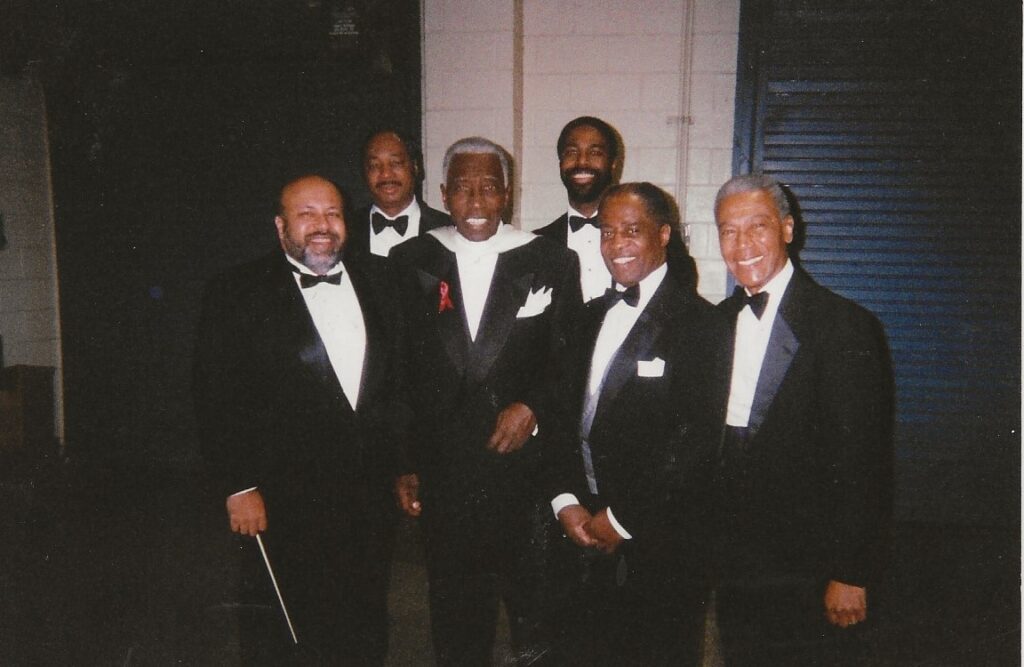
Joe Williams (1918-1999)
One of the great jazz singers of his era. He sang for years with the Count Basie band and was also an actor. Hit song: “Every Day I have the Blues.” This picture was taken after a concert with the North Carolina Symphony in 1998. It turned out to be one of his last performances. He died a year later.
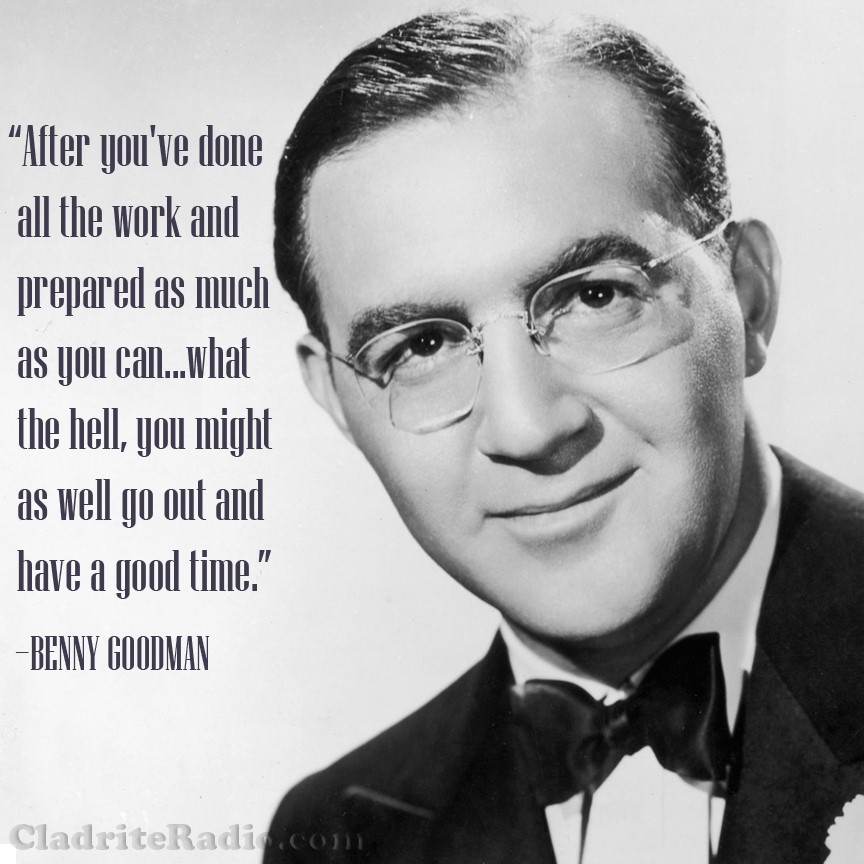
Benny Goodman (1909-1986)
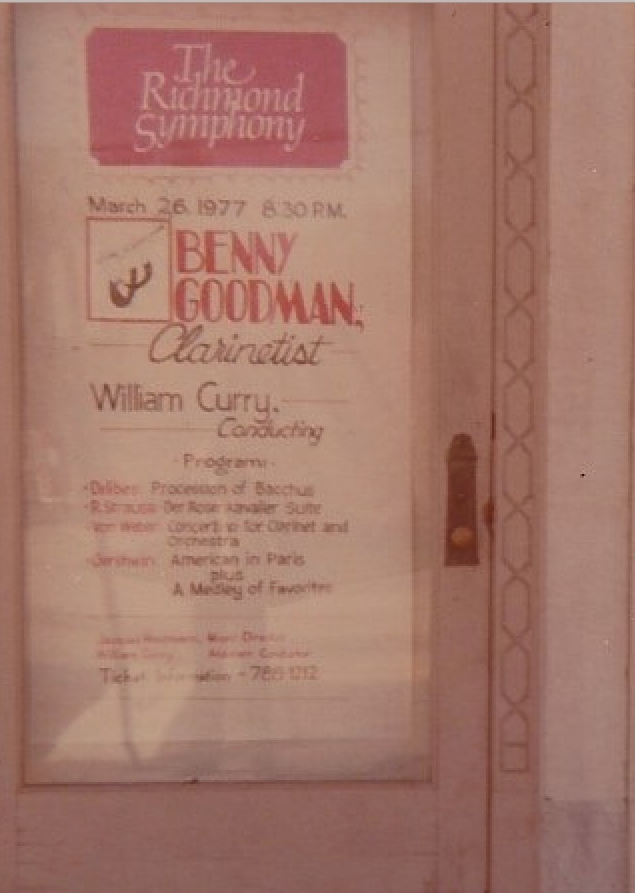
“The King of Swing”. A jazz and classical clarinetist and band leader. Hit song: “Stompin’ at the Savoy.” Benny was the first celebrity I ever conducted. Included on that program was a world premiere of a clarinet concerto written for him. I was only 22, in awe of him and grateful that he was easy to work with. I will soon devote a separate blog to Benny Goodman, with a recording of our collaboration.
Sarah Vaughan (1924-1990)
“The Divine One.” One of the great jazz and pop singers of the 20th century. Hit song: “Body and Soul.” The first time I conducted her, it was on one day’s notice in an all-Gershwin concert. A future blog will be devoted to that story and a recording of our collaboration.
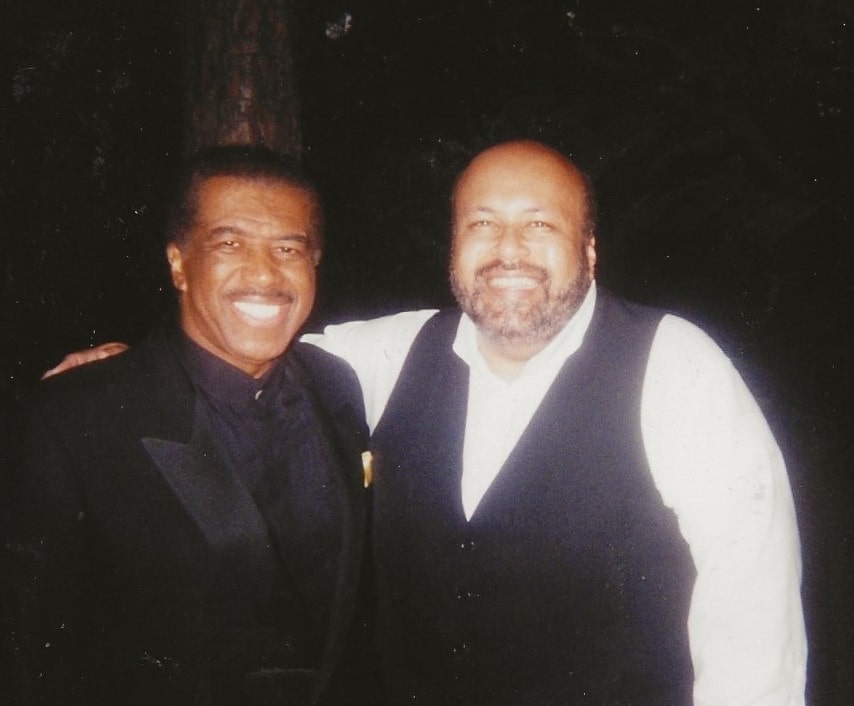
Ben E. King (1938-2015)
Born in Henderson, NC, he was a Soul, Rhythm & Blues singer. He was the singer and composer of “Stand By Me.” I conducted him with the NCS at the Summerfest Musical Festival, circa 2008.
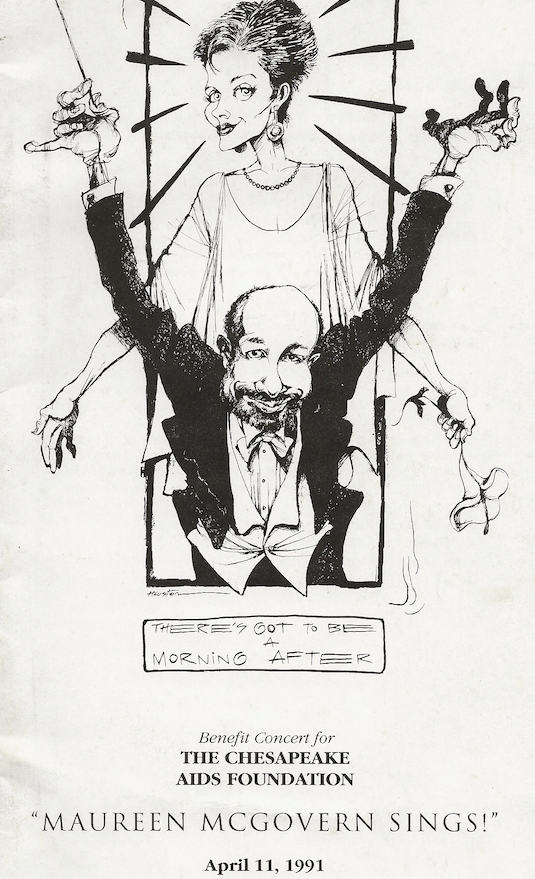
Maureen McGovern (1949- )
Hit song: “Morning After”
I conducted her in a benefit concert with the Baltimore Symphony Orchestra
Tony Bennett (1926- )
Frank Sinatra’s favorite singer! The legendary singer’s career started in the swing band era, and by the early 1960s, he had solidified his fame as one of the finest jazz artists of his generation. In recent years, his career has experienced a renaissance as he has worked with singers like Aretha Franklin and Lady Gaga.
Hit song: “I Left My Heart in San Francisco.”
I conducted him in a 1981 concert with the Baltimore Symphony Orchestra. And in 2005, I conducted the first half of an NC Symphony concert at the newly renovated Memorial Hall (Chapel Hill) where Tony Bennett and his trio appeared on the second half. I lingered backstage to watch him perform and was astonished at the end of the show when he took my hand and led me center stage to share in the applause.
I have been lucky and very grateful to have worked with “class acts’” such as Tony Bennett and the other artists mentioned in this article.
William Henry Curry
Music Director
Durham Symphony Orchestra
Comprehensive Editor (Text): Suzanne Bolt
Copy Editor: Marianne Ward & Tina Biello
Digital Layout and Publication: Marianne Ward & Tina Biello
Celebrating Maestro Curry’s 50 years conducting & 11 years with the Durham Symphony!
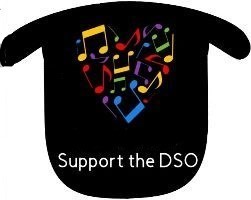
“Monday Musicale with the Maestro”
would not be possible without your support!
Thank you for being a important part of the
Durham Symphony Orchestra family!
Funding is provided (in part) by the Durham Arts Council’s Annual Arts Fund, the N.C. Arts Council (a division of the Department of Natural and Cultural Resources), and a grant from the Triangle Community Foundation.
.








